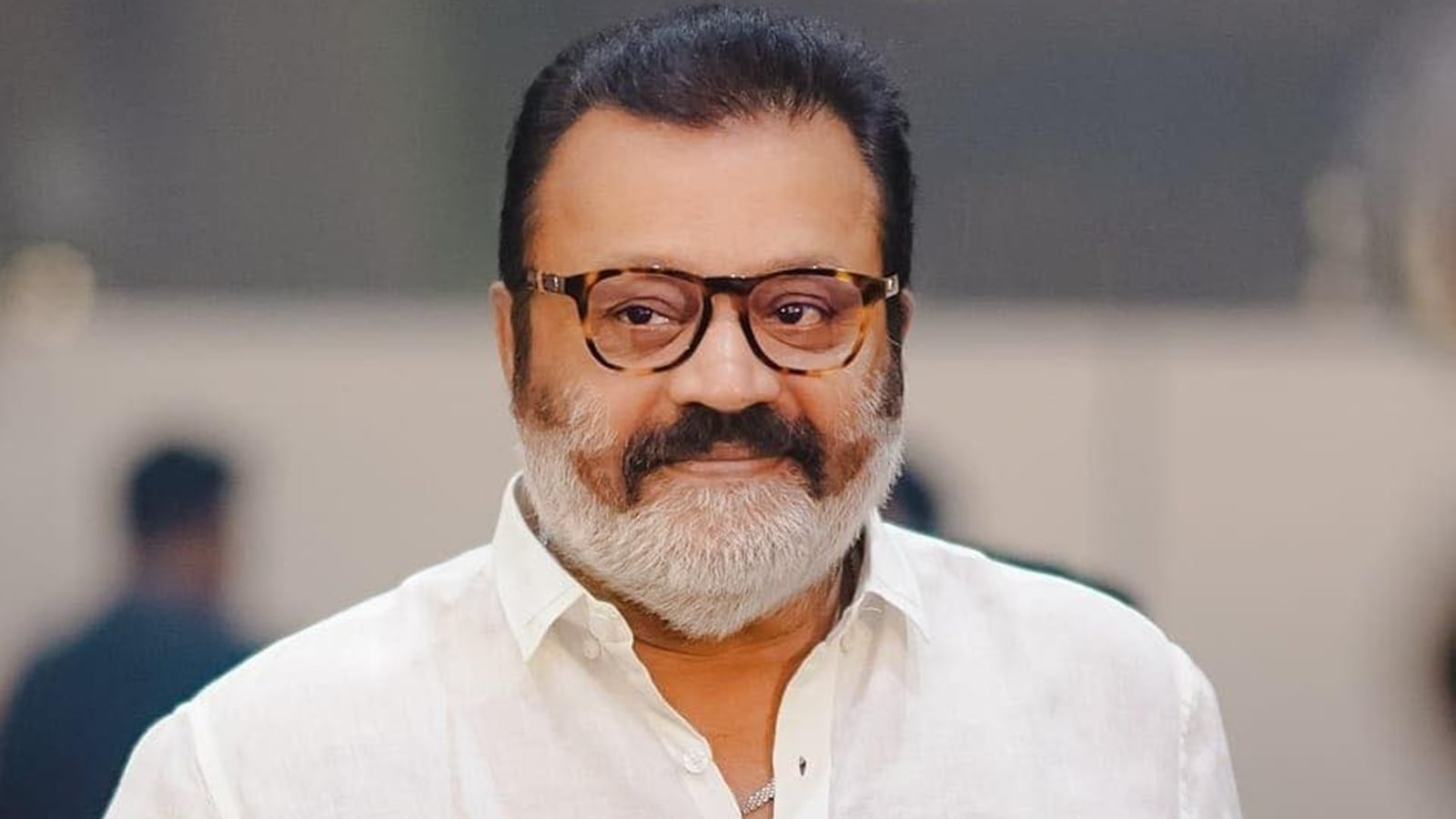Union minister Suresh Gopi’s statement that upper castes should be allowed to take charge of the Ministry of Tribal Affairs is not just a misreading of the history of tribal representation in Indian politics. It is also a refusal to acknowledge that tribals and upper castes do not share a level playing field where one can represent the other. This is not a “curse” for a country like India, where only a tribal person can be a minister of tribal affairs, as Gopi wants us to believe; rather, it is an accepted practice because of the social justice movement that is rooted in the essence of constitutional morality.
In 1999, when the Ministry of Tribal Affairs was separated from the Ministry of Social Justice and Empowerment “with the objective of providing a more focused approach towards the integrated socio-economic development of the Scheduled Tribes (the most underprivileged section of the Indian Society)” no law mandated that a tribal person should lead the ministry. But it was apparent that a separate focus on Adivasis needed an Adivasi leader who would be able to understand the complex demands of the communities beyond the binary of modern development and conservation of traditional culture.
Story continues below this ad
Since the 1960s, the ministries looking into the social and economic welfare of marginalised communities — Ministry of Social Security, Ministry of Social Welfare, Ministry of Women and Social Welfare, Ministry of Welfare — have not been headed by a tribal, barring one instance when BJP leader Kariya Munda became welfare minister for 16 days during Vajpayee government. It was only after the formation of a separate ministry that Adivasis got to lead their own welfare department in the Centre.
Concerns over Adivasi representation in decision-making bodies were also invoked during the Constituent Assembly debates. On December 19, 1946, Jaipal Singh Munda, while talking about the representation of tribals in the Advisory Committee on Fundamental Rights, Minorities and Tribal and Excluded Areas said, “I congratulate minority communities who have been able to get more seats than are due to them numerically… I do not grudge them all this, but the fact remains that they have been given many more seats than is their due, whereas when we come to my people, the real and most ancient people of this country, the position is different.” Munda’s argument, as the only Adivasi member in the advisory committee, was not unsubstantiated. The committee also had no Adivasi woman nor any representation from the Gond, Bhil, or Oraon communities which comprised the large chunk of the Adivasi population, as per the 1941 census.
Expressing his disappointment, Munda added, “Mr President, time is valuable. Pandit Jawaharlal Nehru elsewhere said that every day we take it costs something like Rs 10,000. I think the life of 25 million tribals is worth more than Rs 10,000 a day. This is an opportunity where I must have my say if you will permit me. I note also that, for some reason or other, there is no tribal member at all in the Fundamental Rights Committee.”
Story continues below this ad
Post-Independence, the importance of Adivasi representation was sought to be undermined by different political parties. The most recent example is the BJP’s decision to appoint Raghubar Das as the chief minister of the Adivasi-dominated state of Jharkhand in 2014. Das, as the first non-tribal CM of the state, tried to tinker with the Santhal Pargana Tenancy Act (1876) and Chhota Nagpur Tenancy Act (1908), that the Adivasis considered to be the only safeguards for their lands. The amendment efforts led to massive outrage, and the Das-led government had to withdraw them. But the Adivasis didn’t forget it. Both in 2019 and 2024, they gave Hemant Soren a thumping victory. In the 2024 Lok Sabha election, the BJP lost all the ST-reserved seats in Jharkhand, and in the assembly elections later in the year, they lost all but one ST constituency. So, the BJP would know better than anyone what happens when a non-tribal is given the charge of a tribal-dominated state.
most read
Gopi should also be aware that the condition of the tribals and others in the country is not the same under any measurement index. On December 5, 2016, the Minister of State in the Ministry of Tribal Affairs Jaswantsinh Bhabhor, while responding to a question in Parliament on the poverty level of Adivasis, said that though the Ministry didn’t have the latest data, “the percentage of ST persons below the poverty line during 2011-12 in both, rural and urban areas, at all-India level is higher as compared to other social groups”. According to the Tendulkar methodology of defining poverty lines, the percentage of Adivasis below the poverty line in the rural and urban areas were 45.3 and 24.1 per cent, respectively, in 2011-2012. Notably, it was much higher than the general caste — 15.5 per cent in rural and 8.1 per cent in urban — whom Gopi represents.
So, the tribals could be given charge of other ministries, not vice-versa. Gopi’s backtracking in front of the Opposition chorus is a welcome move. But Union ministers should be more careful. Omission is embedded in the body politic of India — the country needs words of inclusion and compassion.
abhik.bhattacharya@expressindia.com


